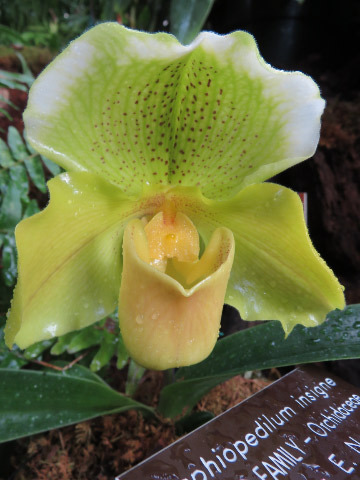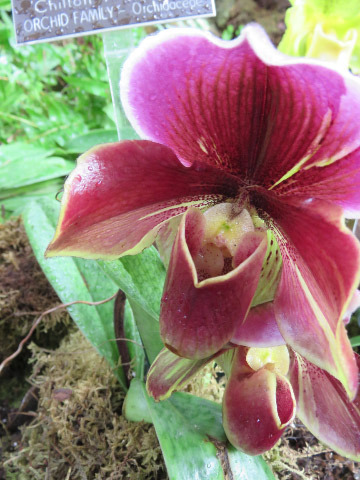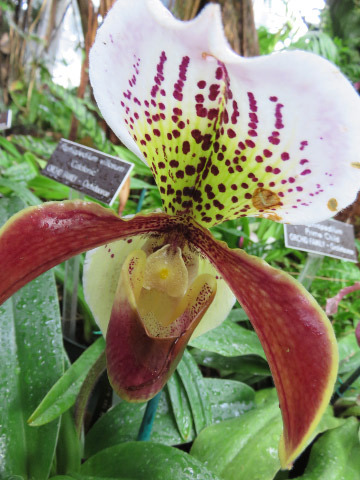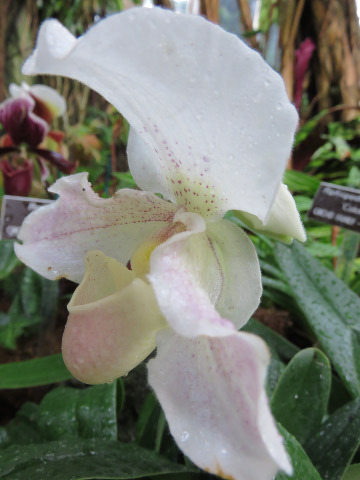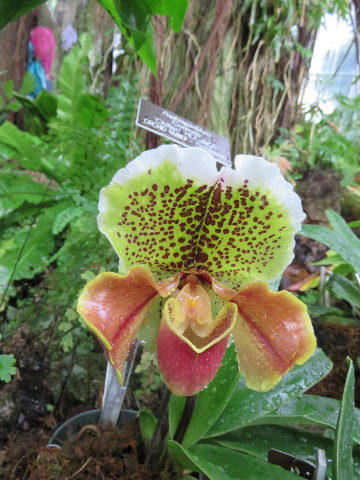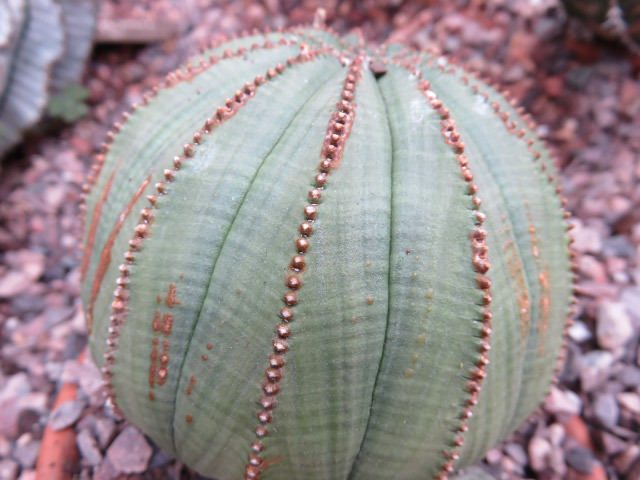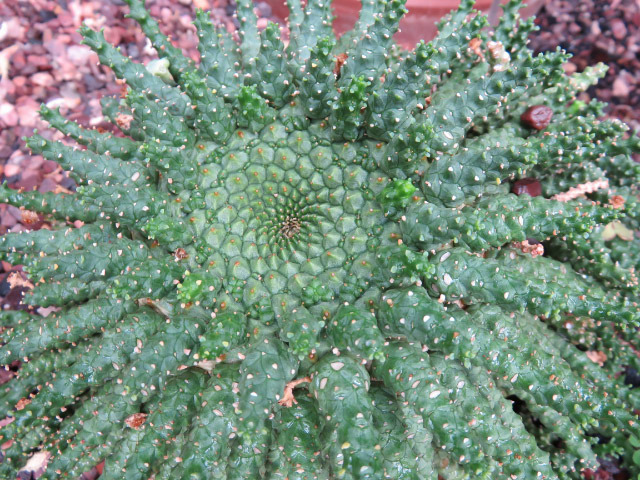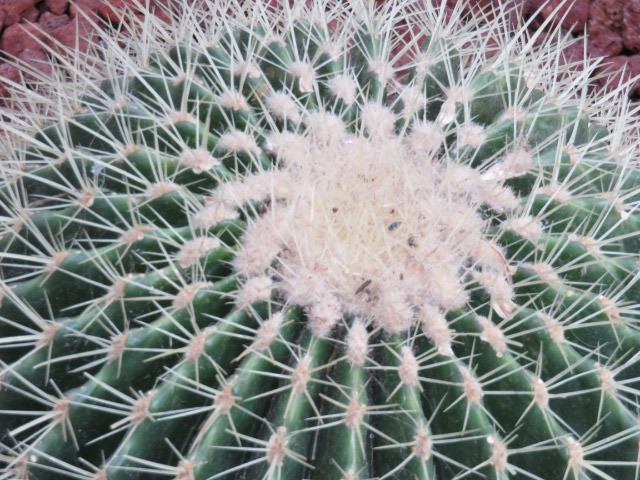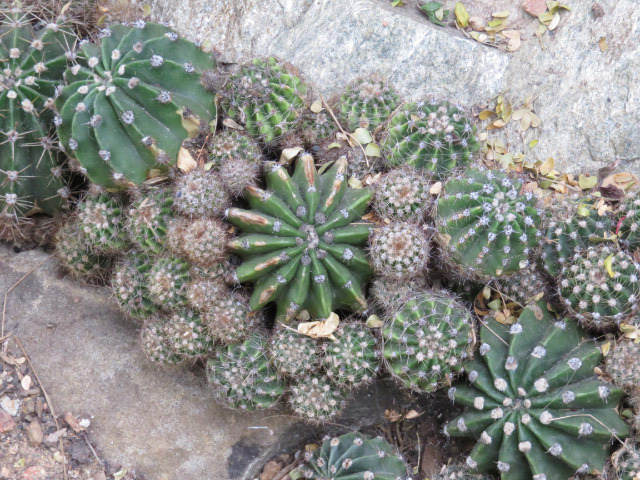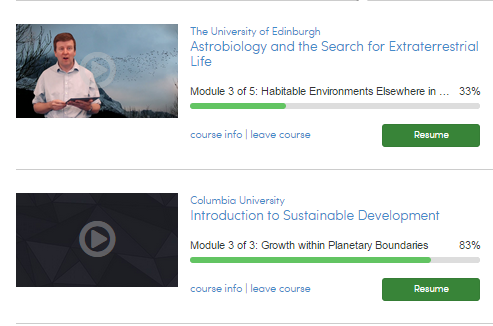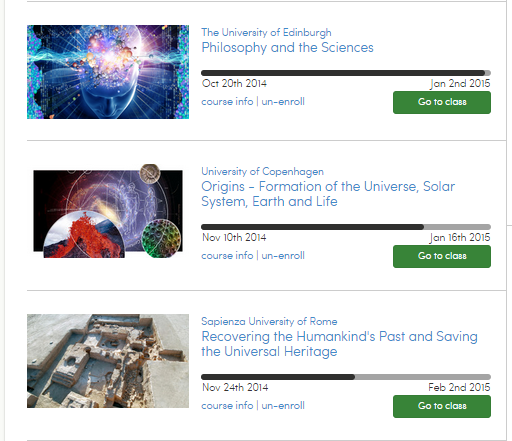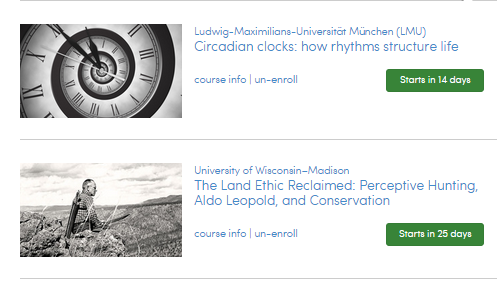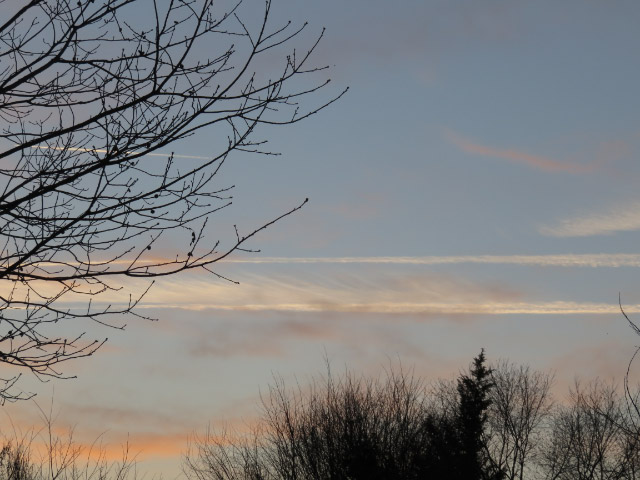US Botanic Garden in December 2014 - Part II
/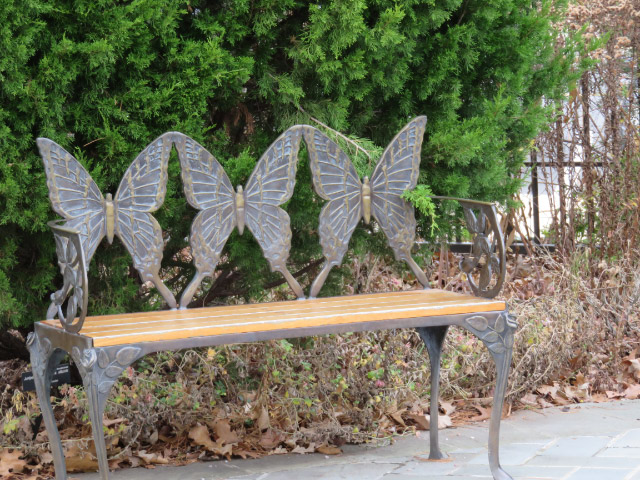
We made our annual holiday trek down to the US Botanic Garden in Washington DC on the last Sunday of the year. I posted about the holiday display earlier here. This post is about the best of the rest.
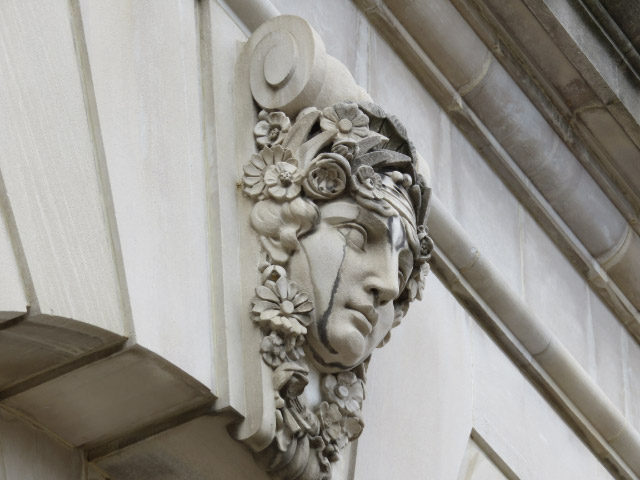

It was too cold to enjoy sitting around outside the building but I did appreciate the artistry of the butterfly benches as we walked toward the building. As we were standing in line for the model lighthouse/train exhibit, I noticed the faces above the windows: serene and grotesque.
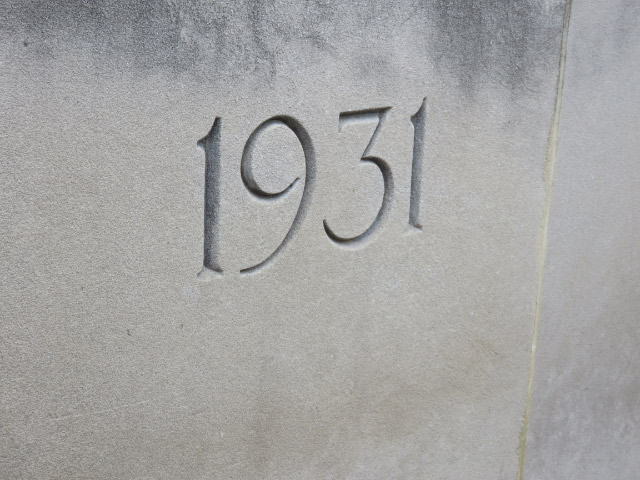
I also noticed the cornerstone for the building; the building was built in the year my parents were born!
Inside we enjoyed the steamy warmth of tropical rooms. The orchids are always beautiful…and fragrant.
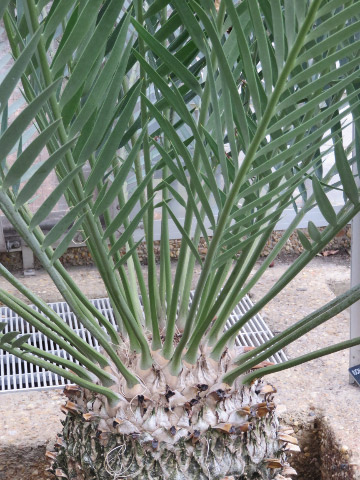
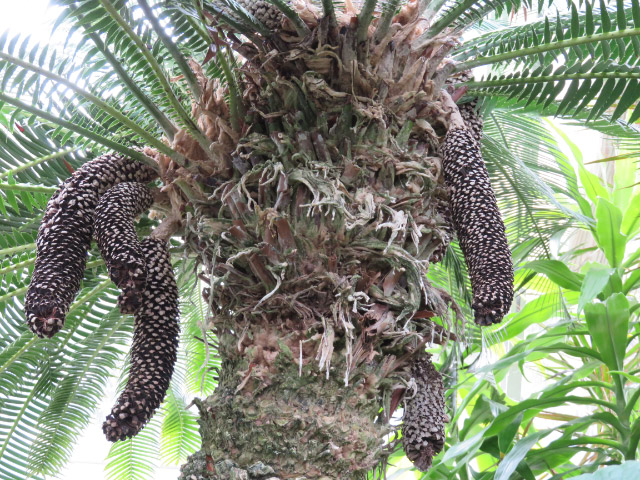
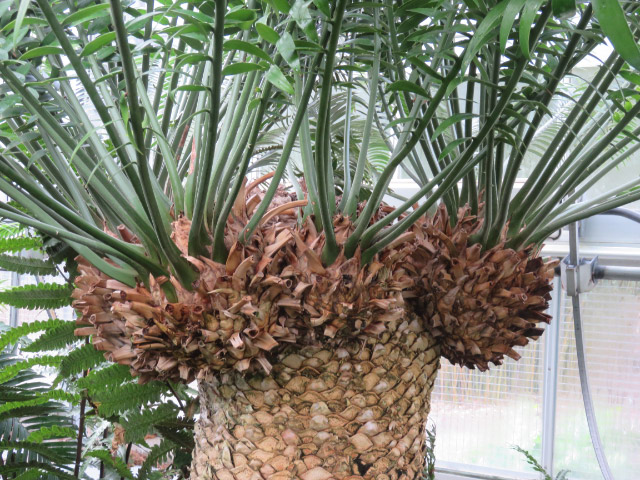
I’ve started looking for cycads in every conservatory I visit and noticed three in the US Botanic Garden. They all looked very robust. Maybe sometimes we mistake them for palms…but not for long. A closer looks and it is obvious they are very different plants/trees.
We wander out of the steamy warmth to the dry room….and cactus. I love the patterns of these plants: the vertical line of dots on the rib (1), the center ‘Spirograph’ pattern (2), the thorns spiking from the accordion pleats (3), the muted pink at the tips fading into the green at the base (4), and the grouping of small and slightly larger cushions in a snug crack (5).


